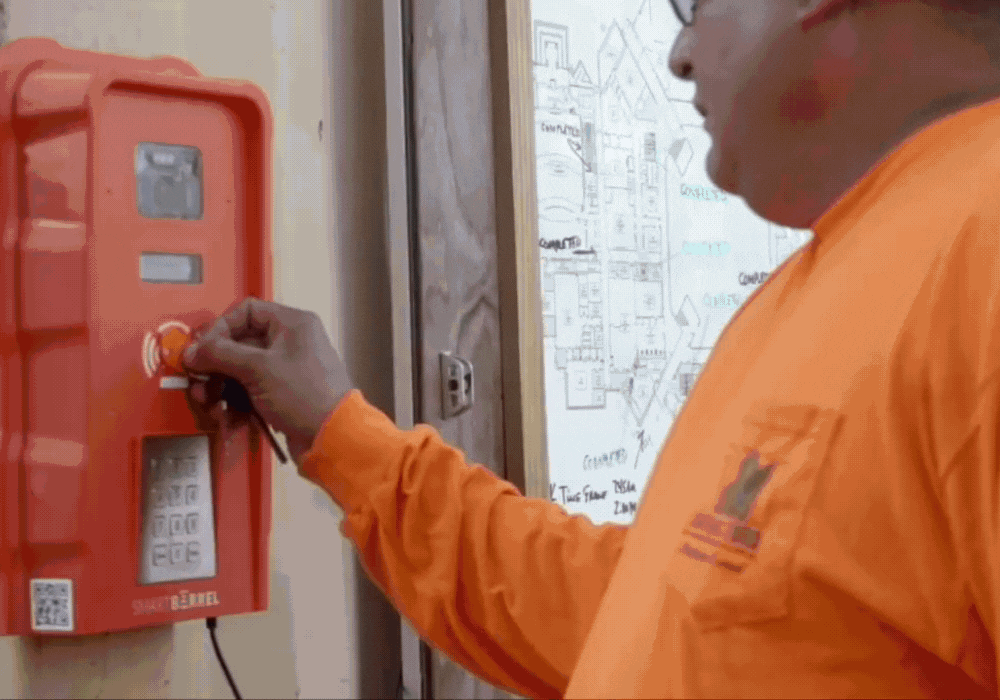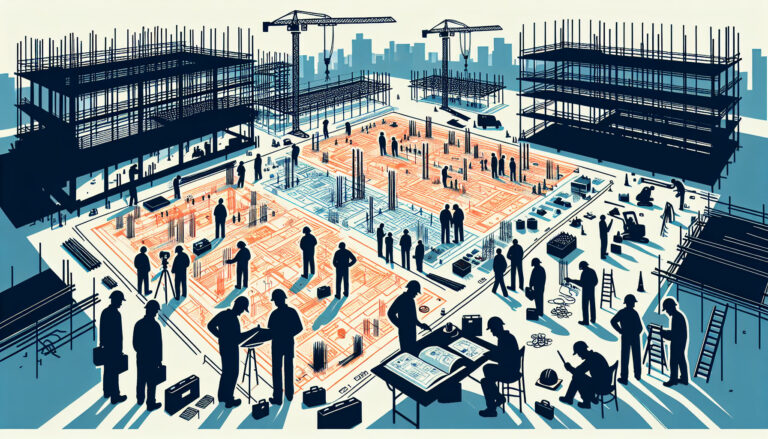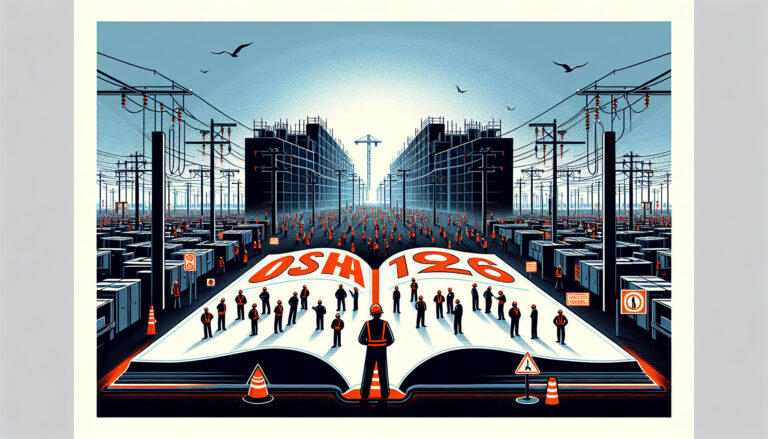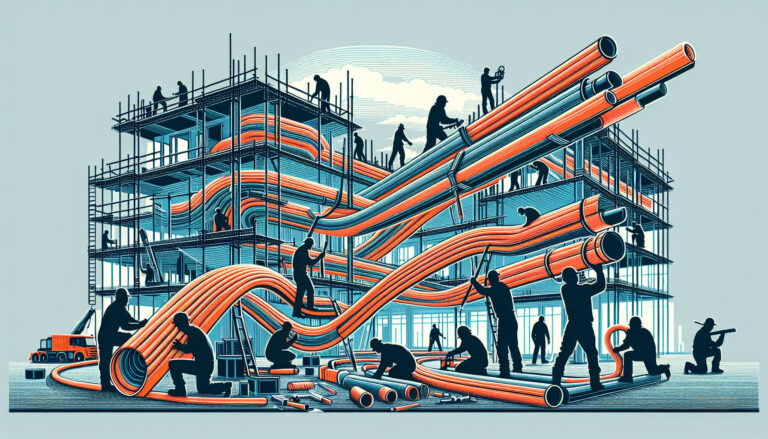Although the construction industry has largely hesitated to adopt new technologies, it’s far better off than it was in terms of technological availability. Technological development has the potential to see construction activities becoming more organized and efficient.
Activities like construction time tracking have become more effective, significantly improving operations management and human resources administration. No matter the size of the construction firm, proper time tracking can greatly impact deliverables and the company’s reputation.
Here’s how we define time tracking. We’ll also go over some of the best time and attendance systems available, as well as their pros and cons.
What is construction time tracking?
Construction time tracking is the process of recording the amount of hours worked by employees to compensate them accurately. It includes time entry and reporting, and in the past, was traditionally done by hand.
Time entry—i.e., clocking in and out, or punching in and out—involves recording an employee’s start and finish times (as well as breaks in between) on a timecard. Reporting involves submitting the verified hours to payroll for processing, and is crucial for budget analysis and identifying discrepancies.
Today, technological solutions have made time tracking much easier. By enlisting the help of time tracking solutions, you can effectively and remotely manage employee work hours, view how many workers are present on-site, and get an accurate record of how many hours they’ve worked.
Top 6 solutions for construction time tracking
Here are some of the best construction time clock methods.
1. Biometric facial verification
Biometric facial verification scans a person’s face to effectively verify their identity. This allows for access control and time tracking when workers clock in and out using this method. Devices that utilize facial verification use a facial scan to allow only permitted individuals into the job site, tracking the duration of their stay between when they checked in and out.
The pros
- Reduced fraud – Not only does verification help with access control, but it eliminates the possibility of issues like fraud—namely, buddy punching—since it effectively validates a person’s identity and presence.
- High accuracy – This method accounts for the unique facial features of each person, making it a highly accurate method of time tracking.
The cons
- Automation means less jobs – Automating the check-in process can be a good and bad thing. Due to less manual work being involved, less labor is required on site, which can result in fewer opportunities for workers.
- Can be misunderstood – Facial verification may be confused with facial recognition, which can bring about privacy concerns for those who are unfamiliar with the technology.
2. Fingerprint scanner
A fingerprint scanner verifies each worker by having them place their finger on a scanner, which identifies their unique fingerprint pattern and allows them to enter the job site if they’re recognized. It operates similarly to facial verification, in that it uses biometrics for construction time tracking between a worker’s check in and out.
The pros
- Easy to use – Scanning your finger is simple and straightforward, so workers don’t have to worry about forgetting a passcode or their badge ID.
- Cost-effective – Fingerprint scanners can range widely in pricing, with smaller systems being affordable for most businesses.
The cons
- External factors can affect verification – The system may have difficulty verifying those affected by skin conditions. Aging and disease can also make it harder to capture a person’s fingerprint pattern.
- Unsanitary – Direct contact is needed for verification, which can spread germs and transmit illnesses. Having workers out of commission due to sickness can be inconvenient and result in delays.
3. Iris scanner
Iris scanners (not to be confused with retina scanners) also use biometrics for identification and construction time tracking. It works by having a camera with infrared light capture the iris pattern of a user’s eye, comparing the iris size and color to a stored image.
The pros
- Low margin for error – Irises remain unchanged throughout a person’s life since it’s protected by the cornea, making the margin for error quite low with this method.
- Sanitary – No physical contact is needed and capture can be taken from a distance of up to 30 cm, mitigating the risk of spreading germs.
The cons
- High cost – Implementing iris scanners is relatively expensive compared to the other methods, preventing this method from being an option for smaller construction firms.
- Can be fooled – Iris scanners can be bypassed using a high-resolution photo, which can be a security risk and doesn’t address the problem of buddy punching.
4. Badge ID
A badge ID scanner is designed to recognize employee badges when held up to the device and grant workers access to a job site accordingly, recording the duration of their work hours until they check out. Badge IDs often come with barcodes, magnetic strip encoding, or an RFID chip to verify a registered badge’s access.
The pros
- Suitable for construction firms of any size – Badges are easy to produce and re-create when lost. They can also be color-coded and customized, making them ideal for both small and large construction firms.
- Simplicity – Workers simply scan their badges, making the check-in process easy and hassle-free.
The cons
- Workers may forget their badge ID – When workers forget their badge ID at home and can’t get into the job site, it results in less productivity and creates room for error when reporting work hours.
- Badges can be stolen – Badges can easily be stolen, creating a huge security risk. It’s also less suited for construction sites in particular, as it doesn’t stop the problem of buddy punching.
5. Palm scanner
A palm scanner is a sensor-embedded device that uses the human palm for authentication, using infrared light to identify a person’s unique vein patterns when hovered over. Palm scanners pair with matching software for construction time tracking and to permit access.
The pros
- No direct contact – Unlike fingerprint scanners, users don’t need to make direct contact for a scan and only need to hover their hand over the scanner. This method is therefore hygienic and suitable for large construction firms with a lot of workers.
- Reliable – A person will always have their palm with them, so there’s no reason for workers to miss a check-in.
The cons
- Expensive – Implementing palm scanners can be expensive compared to the previously-mentioned methods. Relative to its cost, it also has a smaller capacity in its database for personnel.
- Health factors can affect accuracy – Health factors like fevers can affect the quality of the image. Cuts and abrasions can also prevent workers from being properly verified.
6. Geofencing mobile app
A geofencing mobile application makes use of a predefined virtual boundary marked on a location map. Essentially, there’s a virtual fence that allows the job site to become a set and marked perimeter, with the app keeping track of worker attendance and presence by starting the timer when a worker arrives on site. The clock stops when a worker exits the area.
The pros
- Real-time insight – Managers who prefer a more hands-on approach will have access to real-time data to hold workers accountable for their attendance (or lack thereof).
- Works for multiple job sites – Geofencing is useful for projects with more than one job site, tracking data in multiple locations all at once.
The cons
- High maintenance – This method requires a lot of maintenance and monitoring. Not only is setting up geofenced areas time-consuming, but moving them and having to constantly check the status of geofences can be more trouble than it’s worth for busy employees.
Technology makes construction time tracking easier
Time tracking is an important job, but it’s only accurate if done correctly, which is why you’ll need to enlist the help of the best time clocks for construction. These solutions allow you to work remotely, saving you important work hours that would otherwise be spent traveling to get on-site. As an operations or project manager, you’ll be able to effectively focus on other aspects of your job.
The SmartBarrel device allows you to digitize your construction timekeeping and payroll. Our device automates the process of recording employee hours through biometric facial verification for easy worker clock-in and out. Interested in trying out our time tracking feature? Book a demo with SmartBarrel today!






